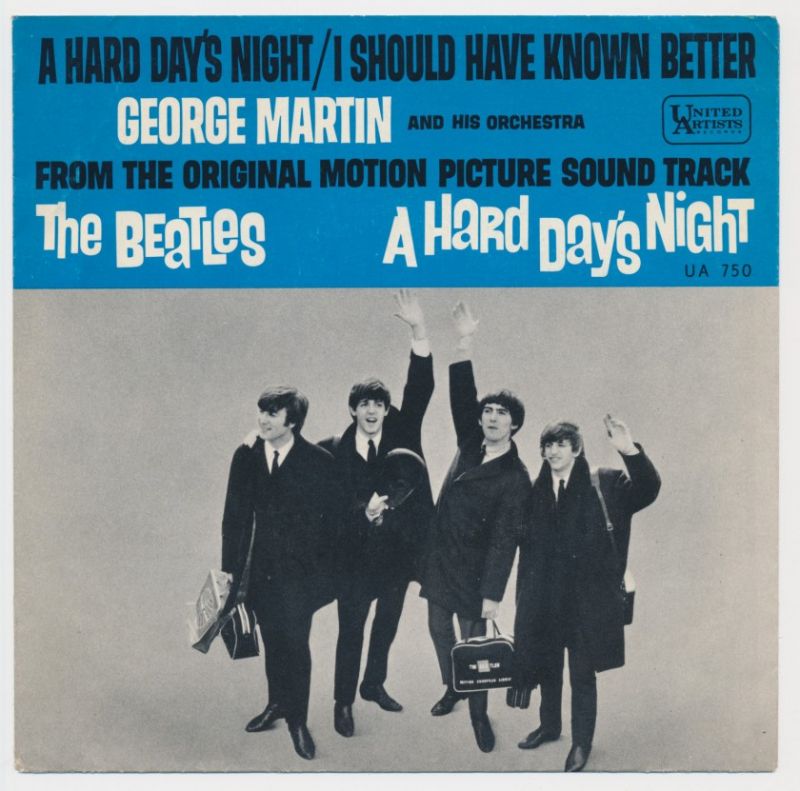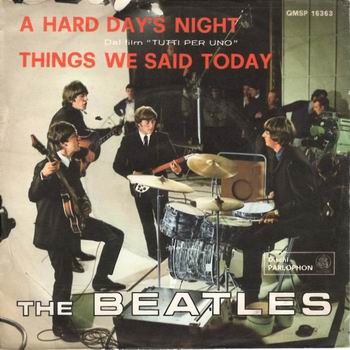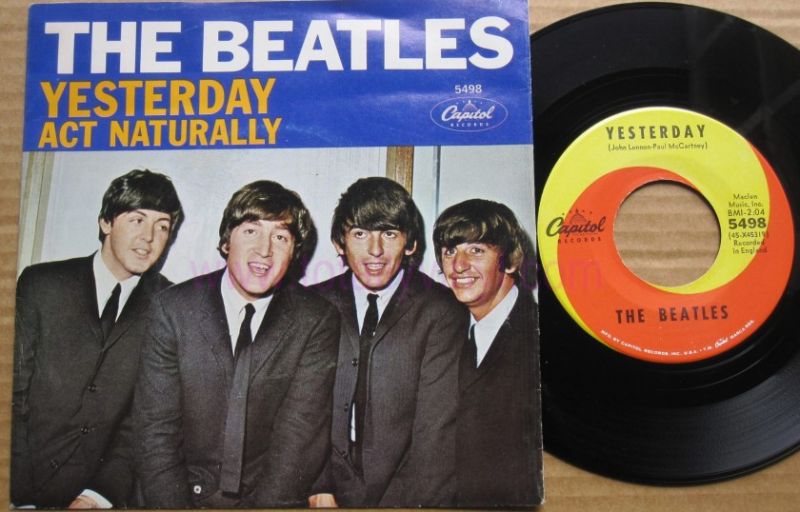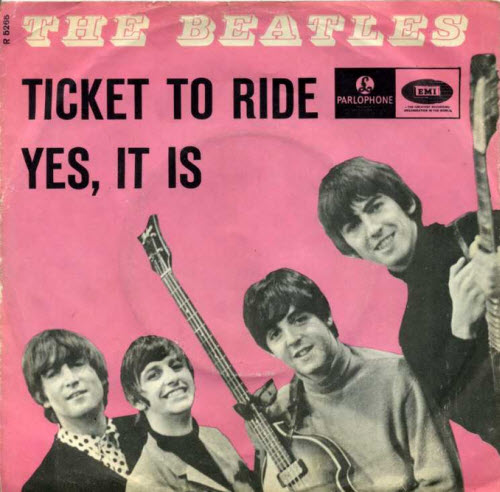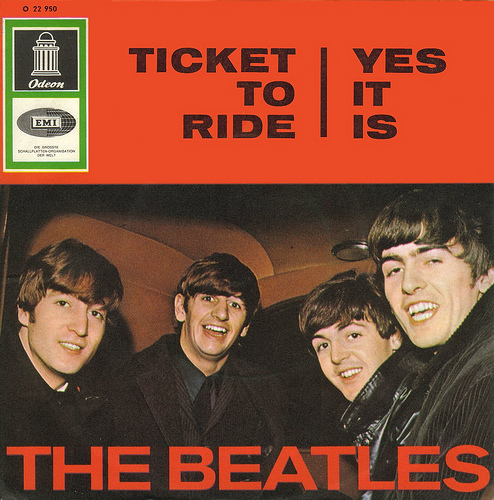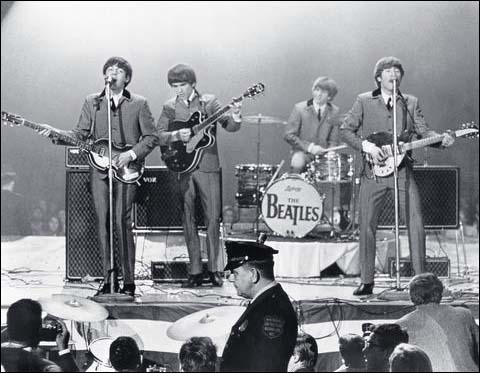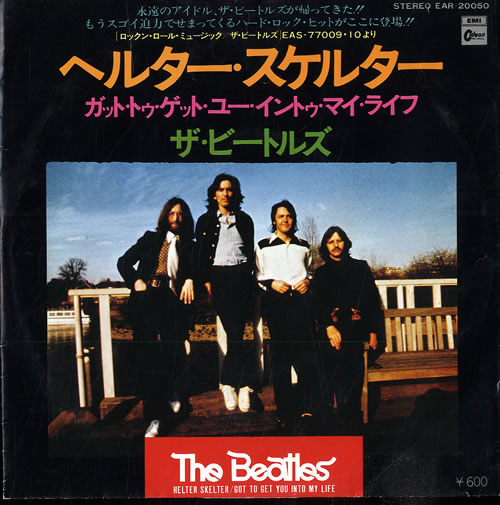
“I was in Scotland and I read in Melody Maker that Pete Townshend had said: ‘We’ve just made the raunchiest, loudest, most ridiculous rock ‘n’ roll record you’ve ever heard.’ I never actually found out what track it was that The Who had made, but that got me going, just hearing him talk about it. So I said to the guys, ‘I think we should do a song like that, something really wild.’ And I wrote Helter Skelter.
You can hear the voices cracking, and we played it so long and so often that by the end of it you can hear Ringo saying,’I’ve got blisters on my fingers’. We just tried to get it louder: ‘Can’t we make the drums sound louder?’ That was really all I wanted to do – to make a very loud, raunchy rock ‘n’ roll record with The Beatles. And I think it’s a pretty good one.”
– Paul McCartney (Anthology)“Umm, that came about just ’cause I’d read a review of a record which said, ‘and this group really got us wild, there’s echo on everything, they’re screaming their heads off.’ And I just remember thinking, ‘Oh, it’d be great to do one. Pity they’ve done it. Must be great — really screaming record.’ And then I heard their record and it was quite straight, and it was very sort of sophisticated. It wasn’t rough and screaming and tape echo at all. So I thought, ‘Oh well, we’ll do one like that, then.’ And I had this song called “Helter Skelter,” which is just a ridiculous song. So we did it like that, ‘cuz I like noise.”
– Paul McCartney (Radio Luxembourg)
“Helter Skelter” is written by Paul McCartney, and recorded by the Beatles on their eponymous LP The Beatles, better known as The White Album. A product of McCartney’s deliberate effort to create a sound as loud and dirty as possible, the song has been noted for both its “proto-metal roar” and “unique textures” and is considered by music historians as a key influence in the early development of heavy metal.
The first version was a 27 minute jam that was never released. During the July 18, 1968 sessions, The Beatles recordedthe long version, which was much slower and less intense than the album version. Another recording from the same day was edited down to 4:37 for The Beatles Anthology, Volume III.
“…the first time the Beatles recorded the song at Abbey Road, they got so caught up in its heavy, screeching fury that they jammed on for more than ten minutes on one version, over twelve minutes on a second, and an epic, yet still tightly played, twenty-seven minutes on a third. On September 9, the night they taped the version of ‘Helter Skelter’ heard on the record, they held the length down to four and a half minutes but went just as wild, both on tape and off. Ringo’s impassioned scream, ‘I’ve got blisters on my fingers,’ was caught on tape, but had the Beatles also been filming a video that night, it would have shown George setting fire to an ashtray and running around the studio, wearing it on his head like a crown of fire.”
-Mark Hertsgaard (A Day In The Life: The Music and Artistry of the Beatles)
The Beatles – Helter Skelter:
Continue reading The Beatles 40 best songs: at 19 Helter Skelter

